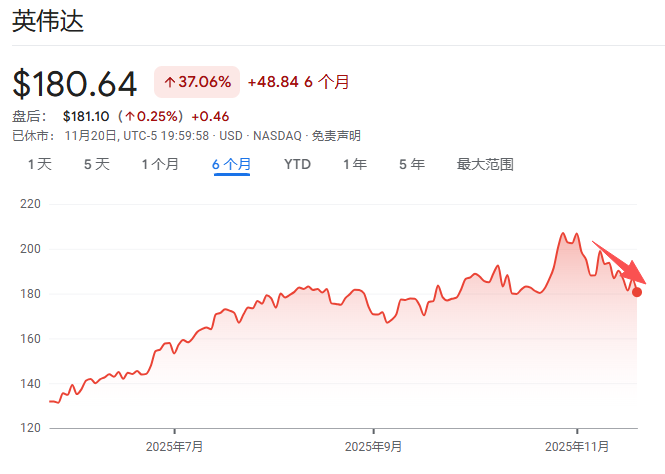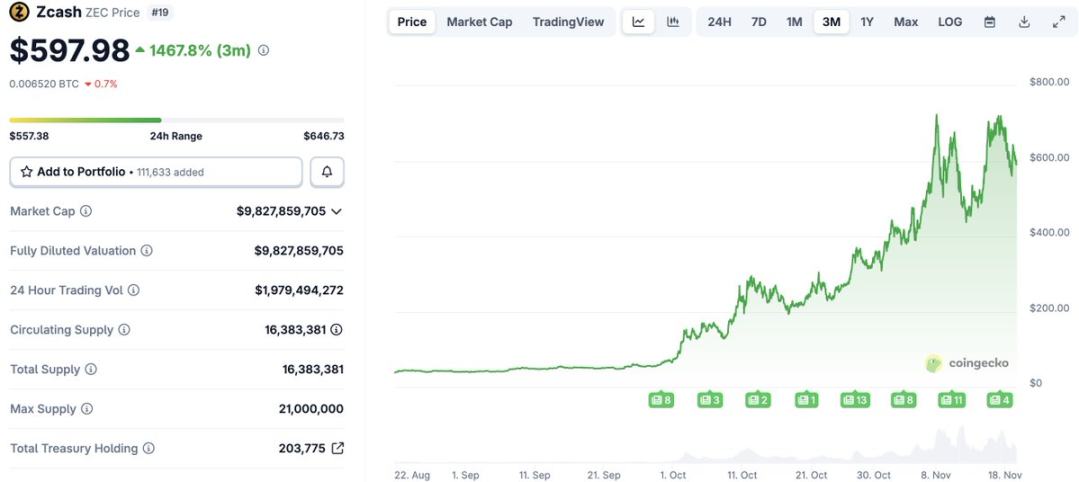Bitcoin ETFs see $104 million in outflows as Ethereum funds add $170 million
Quick Take Bitcoin ETFs witnessed $104.1 million in net outflows on Wednesday, while Ethereum ETFs saw net inflows of $169.6 million as the market continues to digest last week’s flash crash. No U.S. spot Bitcoin ETFs generated net inflows on Oct. 15, contrasting just one Ethereum ETF that registered net outflows.

U.S. spot Bitcoin and Ethereum exchange-traded funds exhibited contrasting fortunes on Wednesday as participants continue to tread carefully in the wake of Friday's historic flash crash.
The Bitcoin ETFs registered $104.1 million in net outflows on Oct. 15, negating the $102.7 million gains they made on Tuesday and continuing the back-and-forth flow data witnessed since last week's market turmoil.
Grayscale's GBTC led the outflows with $82.9 million, followed by Invesco's BTCO with $11.1 million, according to data compiled by The Block. BlackRock's delayed flow data subsequently confirmed its IBIT fund also saw $10.1 million exit, while the other ETFs experienced zero flows for the day.
In contrast, the Ethereum ETFs attracted $169.6 million combined on Wednesday, led by $164.3 million worth of net inflows into BlackRock's ETHA.
Bitwise's ETHW and Fidelity's FETH also added $12.3 million and $1 million, respectively, while 21Shares' CETH saw the only outflows of $8 million, and the remaining funds generated zero flows.
Since Friday, the Bitcoin ETFs have experienced $332.3 million in net outflows, and the Ethereum ETFs have seen a total of $197.6 million exit.
Traders remain cautious
The turmoil began late Friday after Trump posted on Truth Social that he would impose 100% tariffs on all Chinese imports, responding to China's threat to cut off exports of rare earth metals, which are critical to U.S. technology manufacturing.
At its worst, Bitcoin fell 15% toward $100,000 on some exchanges, while Ethereum dropped over 20% and the broader crypto market witnessed more substantial losses. Cascading liquidations saw at least $20 billion of positions wiped out as some cryptocurrencies briefly fell literally to zero — the largest crypto liquidation event in history in U.S. dollar terms. As liquidation data is imperfect, with some exchanges still underreporting in incomplete bursts, the true figure is likely far higher.
While Bitcoin recovered to around $115,000 by Monday morning after Trump seemingly attempted to de-escalate the issue, tensions continue, and it has since retraced to around $111,357, according to The Block's BTC price page — down 9.2% in the past week. Other cryptocurrencies have similarly struggled amid the uncertainty, with Ethereum currently trading for $4,046 — down 7.4% over the same period.
"Structural effects from the unwind mean liquidity will likely stay thin as market participants recover from forced selling," K33 Head of Research Vetle Lunde said earlier this week. "Historically, such deleveraging phases lead to short-term stagnation and cautious trading, but they also tend to mark exhaustion points, creating fertile ground for longer-term recovery once stability returns."
Disclaimer: The content of this article solely reflects the author's opinion and does not represent the platform in any capacity. This article is not intended to serve as a reference for making investment decisions.
You may also like
Has the four-year cycle of Bitcoin failed?
The various anomalies in this cycle—including waning sentiment, weakening returns, disrupted rhythms, and institutional dominance—have indeed led the market to intuitively feel that the familiar four-year cycle is no longer effective.

At an internal Nvidia meeting, Jensen Huang admitted: It's too difficult. "If we do well, it's an AI bubble," and "if we fall even slightly short of expectations, the whole world will collapse."
Jensen Huang has rarely admitted that Nvidia is now facing an unsolvable dilemma: if its performance is outstanding, it will be accused of fueling the AI bubble; if its performance disappoints, it will be seen as evidence that the bubble has burst.

After a 1460% Surge: Reassessing the Value Foundation of ZEC
Narratives and sentiment can create myths, but fundamentals determine how far those myths can go.

The demise of a DAT company
The $1 billion Ethereum DAT plan led by Li Lin and others has been shelved due to the bear market, and funds have been returned. This "going with the flow" approach may reflect consideration of investor sentiment.
